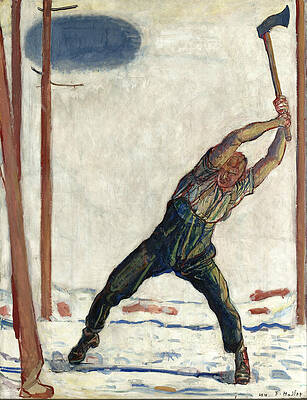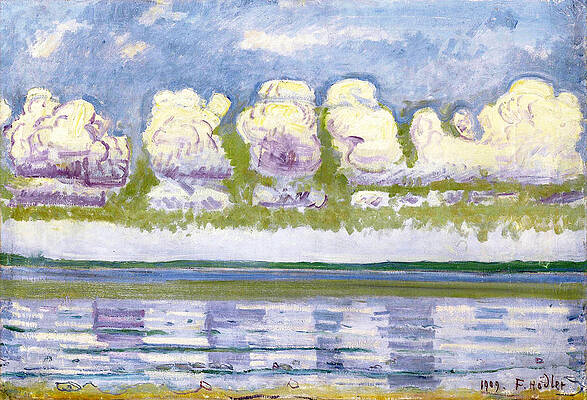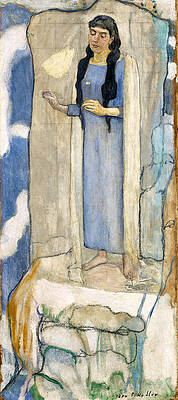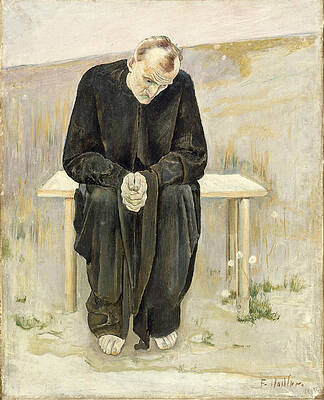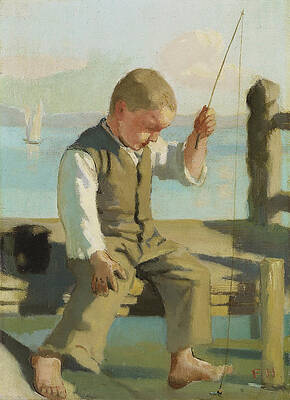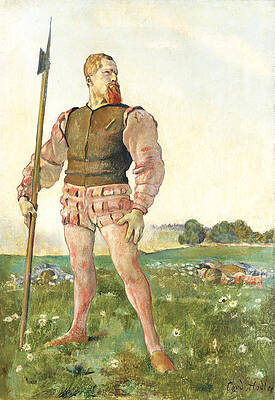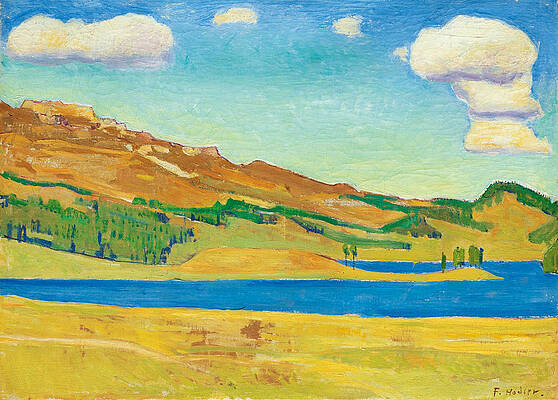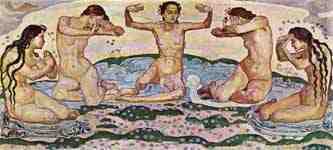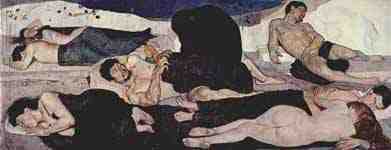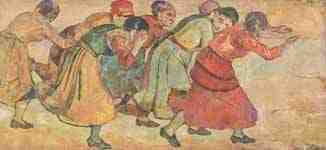Ferdinand Hodler
Paintings, Drawings, Illustrations
The Dream of the Shepherd
Landscape of the Swiss Alps
Woodcutter
Joyful Woman
Autumn Evening
Girl Arranging Flowers. Girl with Carnation
The Dents du Midi
Cows at Lakeshore
Lake Geneva with Jura. Landscape Rhythm of Forms
What the Flowers Say
Two Rows of Soldiers of the Procession for the Escalade
Stockhorn with Lake Thun
Sailing Boat
Portrait of Clara Pasche-Battie
The Disillusioned One
The little fisherman
Kastanienallee bei Biberist
Emotion
Interior of St Pierre Cathedral Geneva
Eiger, Monch and Jungfrau from Beatenberg
Walk along the Border of a Wood
Sheep at Sentier Des Saules
The Mower
The Sacred Hour
Lake Thun and Brienz with Freiburg Simmental Bull
Portrait of Valentine Gode-Darel
Portrait of a Young Lady
Lake Geneva from Chexbres
The Angry Warrior
Portrait of Clara Pasche-Battie 2
Lake Champfer
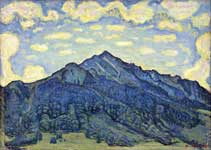

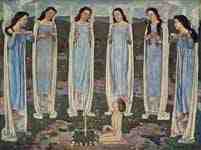
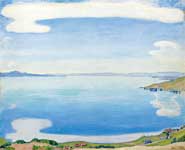
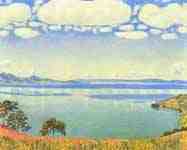
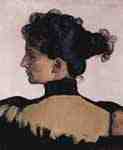 Portrait of Berthe Jacques, Wife of the Artist
Portrait of Berthe Jacques, Wife of the Artist
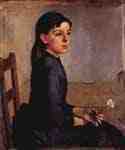 Portrait of Louise-Delphine Duchosal
Portrait of Louise-Delphine Duchosal

Portrait of General Ulrich Wille
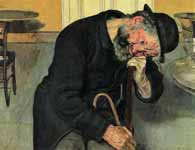

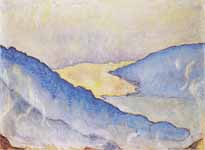


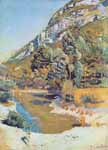
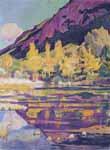


On the banks of the Manzanares


View of Fromberghorn from Reichenbach
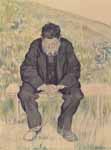
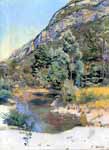
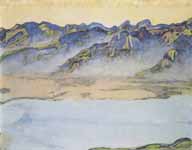
Rising mist over the Savoy Alps

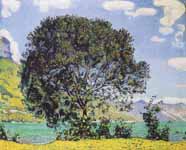
Tree at Lake Brienz seen from Bodeli
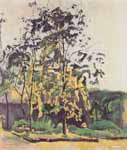
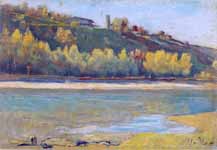
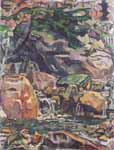
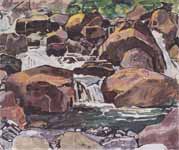
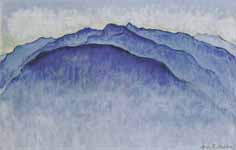
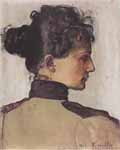
Portrait of Berthe Jacques, Wife of the Artist
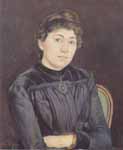


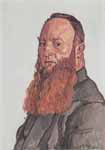
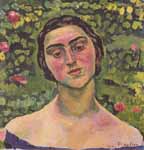
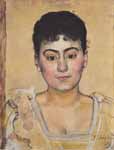
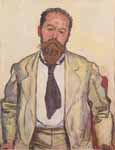


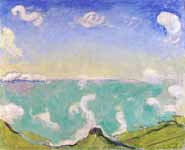
Caux Landscape with Rising Clouds
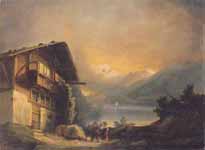
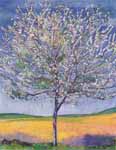

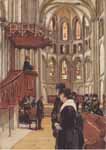
The prayer in the cathedral Saint-Pierre in Geneva,

The prayer in the cathedral Saint-Pierre in Geneva
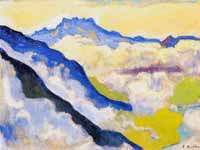
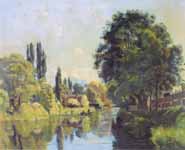
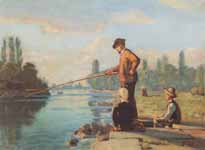
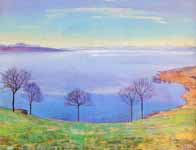
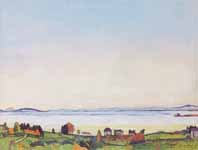
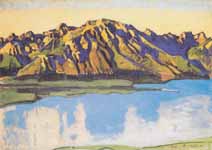
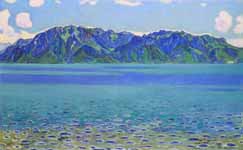
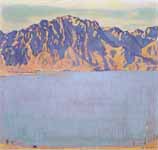
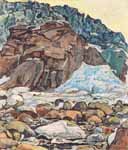

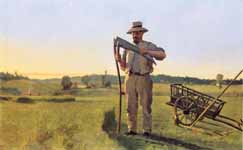

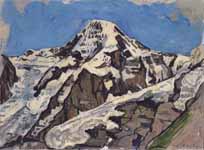
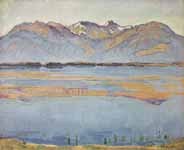
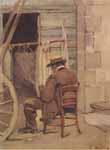
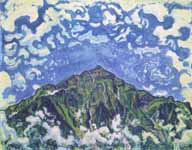


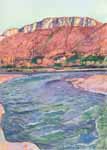
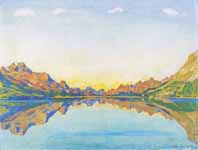
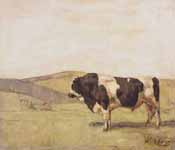

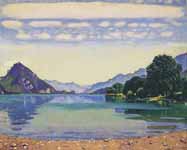
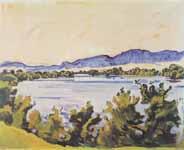
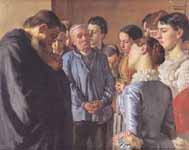
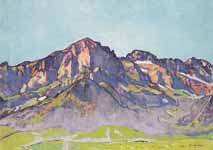
Dents Blanches at Champéry in the morning sun

The Dents du Midi from Chesieres
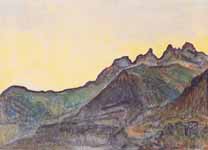
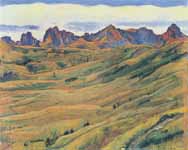
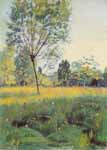
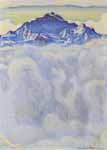
The Maiden Of The Mist Over The Sea
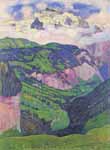

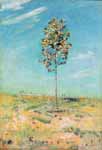
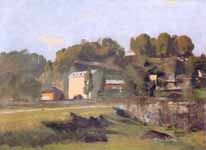
The mill of Sous Terre in Geneva
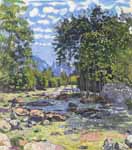
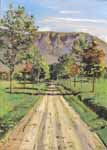
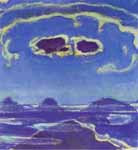
Eiger Monch And Jungfrau In Moonlight

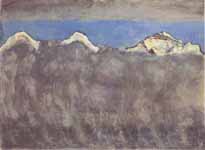


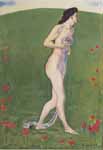
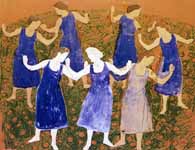
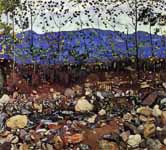
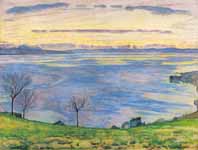
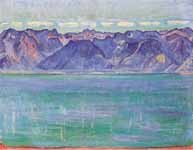
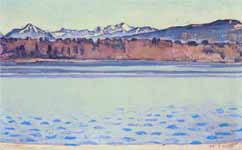
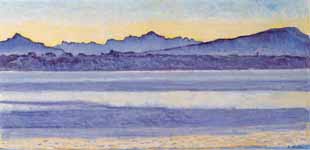
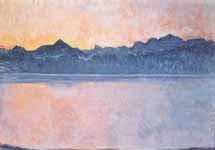
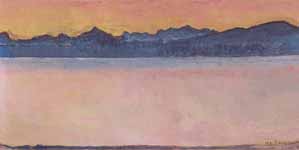

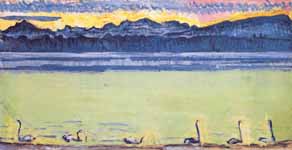
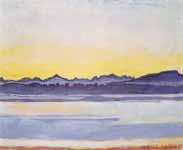
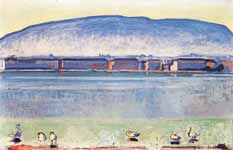
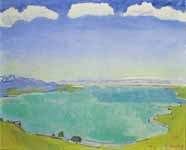
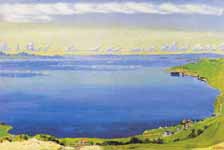
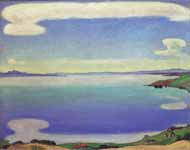
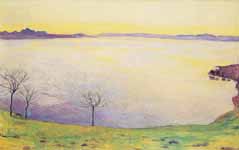
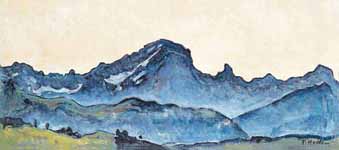
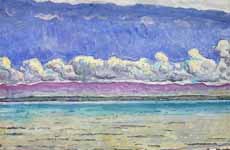


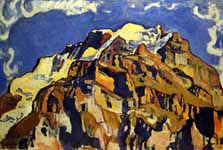
Jungfrau and Silverhorn, as Seen from Murren
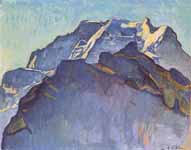
Das Jungfrauenmassiv von Mürren aus
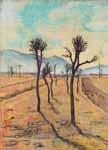
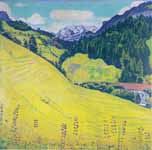
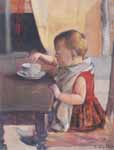
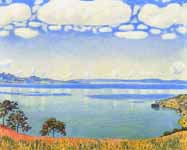
View of Lake Leman from Chexbres

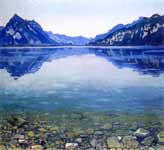
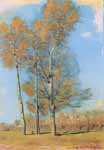
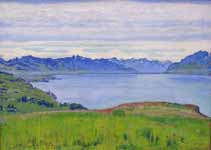
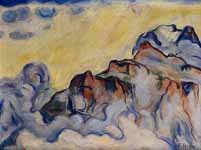
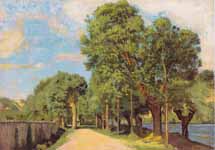
Landscape at the Jonction at Geneva
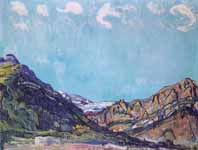
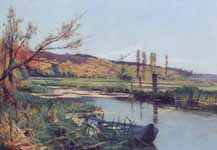
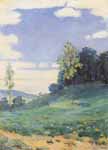
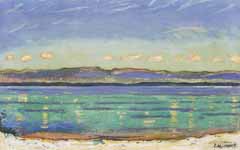
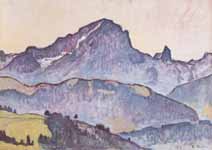

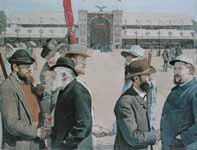
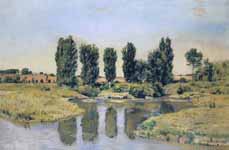
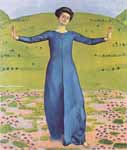
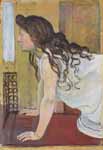

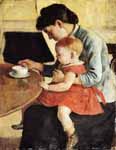
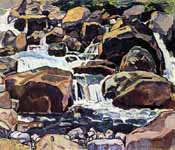
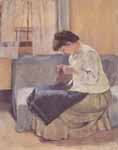
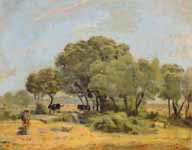
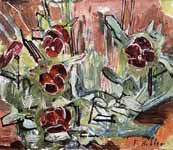
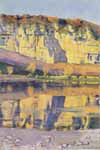
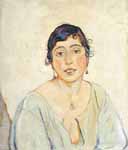

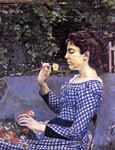
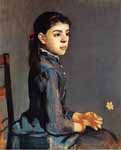
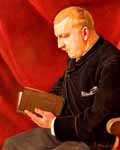
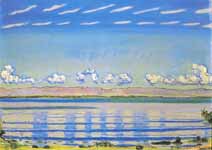
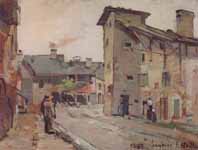


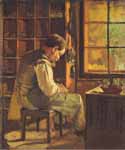
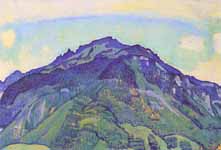
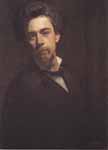
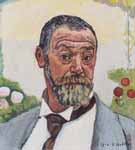
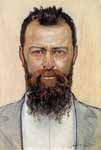
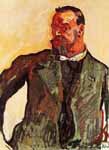
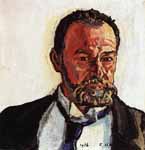

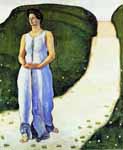

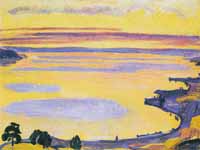
Sunset on Lake Geneva from the Caux
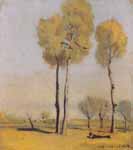
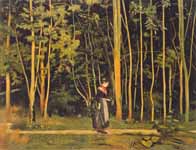
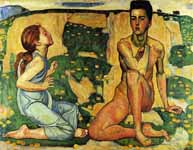
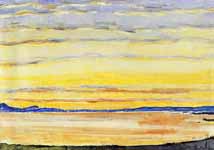

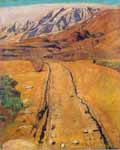

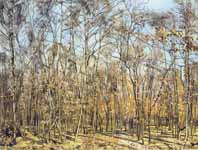

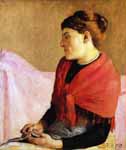
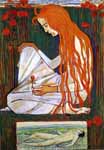
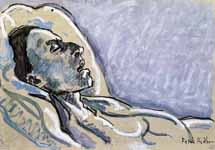
The Dying Valentine Gode-Darel
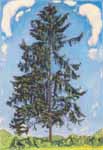
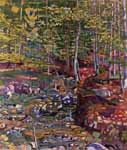
The Forest Interior near Reichenbach
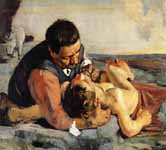
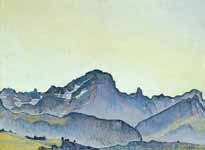
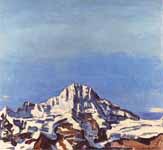
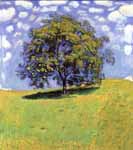
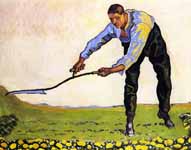
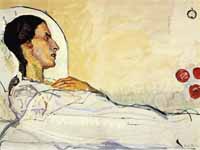

Lake Thun with Stockhornkette in Winter
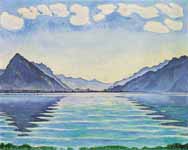
Lake Thun, Symmetric reflection
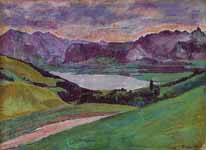
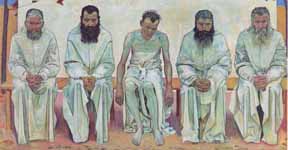
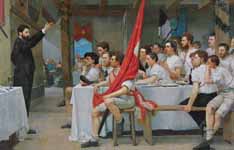
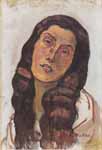
Valentine Gode Darel with loose hair
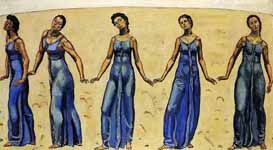
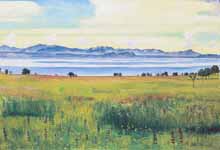
View of Lake Geneva from Saint-Prex
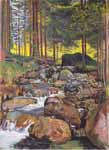
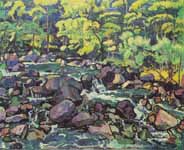
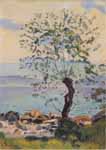
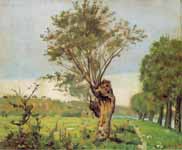
Pastures at the Jonction at Geneva
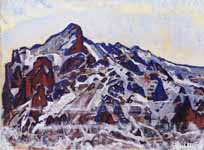


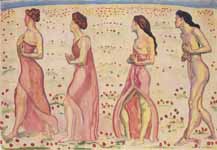
Swearing
Drawing for the Beech Grove
Study for Views towards Infinity
Disappointed
Fine Art Prints | Greeting Cards | iPhone Cases | Tote Bags | Clothing | Lifestyle | Beach ...
The Dream of the Shepherd
Ferdinand Hodler (March 14, 1853 – May 19, 1918) was one of the best-known Swiss painters of the nineteenth century. His early works were portraits, landscapes, and genre paintings in a realistic style. Later, he adopted a personal form of symbolism he called Parallelism.
Early life
Hodler was born in Berne, the eldest of six children. His father, Jean Hodler, made a meager living as a carpenter; his mother, Marguerite (née Neukomm), was from a peasant family.[1] By the time Hodler was eight years old, he had lost his father and two younger brothers to tuberculosis. His mother remarried to a decorative painter, but in 1867 she too died of tuberculosis.[2] Eventually the disease killed all of Hodler's remaining siblings, instilling in the artist a powerful consciousness of mortality.[3]
Career
Before he was ten, Hodler received training in decorative painting from his stepfather and, subsequently was sent to Thun to apprentice with a local painter, Ferdinand Sommer.[4] Hodler's earliest works were conventional landscapes, which he sold in shops and to tourists. In 1871, at the age of 18, he traveled on foot to Geneva to start his career as a painter. He attended science lectures at the Collège de Genève, and in the museum there he copied paintings by Alexandre Calame.[5] In 1873 he became a student of Barthélemy Menn, and investigated Dürer’s writings on proportions.[5]
He made a trip to Basel in 1875, where he studied the paintings of Hans Holbein—especially, Dead Christ in the Tomb, which influenced Hodler's many treatments of the theme of death.[6] He traveled to Madrid in 1878, where he stayed for several months and studied the works of masters such as Titian, Poussin, and Velázquez in the Museo del Prado.[5]
The works of Hodler's early maturity consisted of landscapes, figure compositions, and portraits, treated with a vigorous realism. In 1884, Hodler met Augustine Dupin (1852–1909), who became his companion and model for the next several years. Their son, Hector Hodler—who would found the World Esperanto Association in 1908—was born in 1887.[7]
From 1889 until their divorce in 1891, Hodler was married to Bertha Stucki, who is depicted in his painting, Poetry (1897, Museum für Gestaltung, Zürich).[8] In 1898, Hodler married Berthe Jacques.
Parallelism
Night, 1889-1890, Berne, Kunstmuseum
In the last decade of the nineteenth century his work evolved to combine influences from several genres including symbolism and art nouveau. In 1890 he completed Night, a work that marked Hodler's turn toward symbolist imagery.[5] It depicts several recumbent figures, all of them relaxed in sleep except for an agitated man who is menaced by a figure shrouded in black, which Hodler intended as a symbol of death.[9] Hodler developed a style he called "Parallelism" that emphasized the symmetry and rhythm he believed formed the basis of human society.[5] In paintings such as The Chosen One, groupings of figures are symmetrically arranged in poses suggestive of ritual or dance.
Hodler painted number of large-scale historical paintings, often with patriotic themes.[5] In 1897 he accepted a commission to paint a series of large frescoes for the Weapons Room of the Schweizerisches Landesmuseum in Zurich.[5] The compositions he proposed, including The Battle of Marignan which depicted a battle that the Swiss lost, were controversial for their imagery and style, and Hodler was not permitted to execute the frescoes until 1900.[10]
Hodler's work in his final phase took on an expressionist aspect with strongly coloured and geometrical figures. Landscapes were pared down to essentials, sometimes consisting of a jagged wedge of land between water and sky.
Valentine Godé-Darel on Her Sickbed, 1914, oil on canvas
In 1908, he met Valentine Godé-Darel, who became his mistress. She was diagnosed with cancer in 1913, and the many hours Hodler spent by her bedside resulted in a remarkable series of paintings documenting her decline from the disease.[11] Her death in January 1915 affected Hodler greatly. He occupied himself with work on a series of about 20 introspective self-portraits that date from 1916.
In 1914 he condemned the German atrocities conducted using artillery at Rheims.[11] In retaliation for this, German art museums excluded Hodler's work.
Swiss 50 Franc banknote from 1911 Series Two, Der Holzfäller by Hodler
By late 1917 his declining health led him to thoughts of suicide. He died on May 19, 1918 in Geneva leaving behind a number of unfinished works portraying the city.
Legacy
Many of Hodler's best-known paintings are scenes in which characters are engaged in everyday activities, such as the famous woodcutter (Der Holzfäller, 1910, Musée d'Orsay, Paris). In 1908, the Swiss National Bank commissioned Hodler to create two designs for new paper currency. His designs were controversial: rather than portraits of famous men, Hodler chose to depict a woodcutter (for the 50 Swiss Franc bank note) and a reaper (for the 100 Franc note).[12] Both appeared in the 1911 Series Two of the notes.
According to the art historian Sepp Kern, Hodler "helped revitalize the art of monumental wall painting, and his work is regarded as embodying the Swiss federal identity."[5]
Notes
Hauptman and Hodler 2007, p. 9.
Hauptman and Hodler 2007, pp. 9–10.
Kunstmuseum, Bern: Fedinand Hodler Biography
Hauptman and Hodler 2007, p. 10.
Kern, Oxford Art Online.
Hauptman and Hodler 2007, p. 12.
Hauptman and Hodler 2007, p. 100.
Hauptman and Hodler 2007, pp. 43, 100.
Hodler 1983, p. 135
Hauptman and Hodler 2007, p. 43.
Hauptman and Hodler 2007 p. 36.
Hauptman and Hodler 2007, p. 31.
References
Fehlmann, Marc. Review of Oskar Bätschmann and Paul Müller eds., Ferdinand Hodler. Catalogue Raisonné der Gemälde, Die Landschaften, Zurich 2008: http://www.19thc-artworldwide.org/index.php/autumn09/ferdinand-hodler-catalogue-raisonne
Fischer, Matthias (2009). Der junge Hodler. Eine Künstlerkarriere 1872-1897, Wädenswil: Nimbus. ISBN 978-3-907142-30-1.
Hauptman, William, & Hodler, Ferdinand (2007). Hodler. Milan: 5 continents. ISBN 978-88-7439-362-6.
Hodler, Ferdinand, Franz Zelger, Lukas Gloor, Schweizerisches Institut für Kunstwissenschaft., & Seedamm-Kulturzentrum. (1981). Der frühe Hodler: Das Werk 1870-1890. Bern: Benteli. ISBN 3716503657.
Hodler, Ferdinand (1983). Ferdinand Hodler, 1853-1918: Paris, Musée du Petit Palais, 11 mai-24 juillet 1983 : Berlin, 2 mars-24 avril 1983 : Zürich, 19 août-23 octobre 1983. Paris: Association française d'action artistique. ISBN 2865450201.
Hodler, Ferdinand, Jill Lloyd, Ulf Küster, and Oskar Bätschmann (2012). Ferdinand Hodler: view to infinity. Ostfildern: Hatje Cantz. ISBN 978-3-7757-3380-9.
Kern, Sepp. "Hodler, Ferdinand". Grove Art Online. Oxford Art Online. Oxford University Press. Web.
Ferdinand Hodler. Catalogue raisonné der Gemälde. Landschaften. Band 1. Hrsg. vom Schweizerischen Institut für Kunstwissenschaft Zürich. Scheidegger & Spiess, Zürich 2008, ISBN 978-3-85881-244-5. (Band 1 enthält Teilband 1 [Kat. 1–300] und Teilband 2 [Kat. 301–626, D1–D52 (fragliche Zuschreibungen), R1–R70 (irrtümliche und falsche Zuschreibungen).]
Ferdinand Hodler. Catalogue raisonné der Gemälde. Bildnisse. Band 2. Hrsg. vom Schweizerischen Institut für Kunstwissenschaft Zürich. Scheidegger & Spiess, Zürich 2012, ISBN 978-3-85881-2554-1. ([Kat. 627–1055, Kat. D53–D68 (fragliche Zuschreibungen), Kat. R71–R105 (irrtümliche und falsche Zuschreibungen).]
---
Fine Art Prints | Greeting Cards | Phone Cases | Lifestyle | Face Masks | Men's , Women' Apparel | Home Decor | jigsaw puzzles | Notebooks | Tapestries | ...
---
Artist
A - B - C - D - E - F - G - H - I - J - K - L - M -
N - O - P - Q - R - S - T - U - V - W - X - Y - Z
Retrieved from "http://en.wikipedia.org/"
All text is available under the terms of the GNU Free Documentation License





